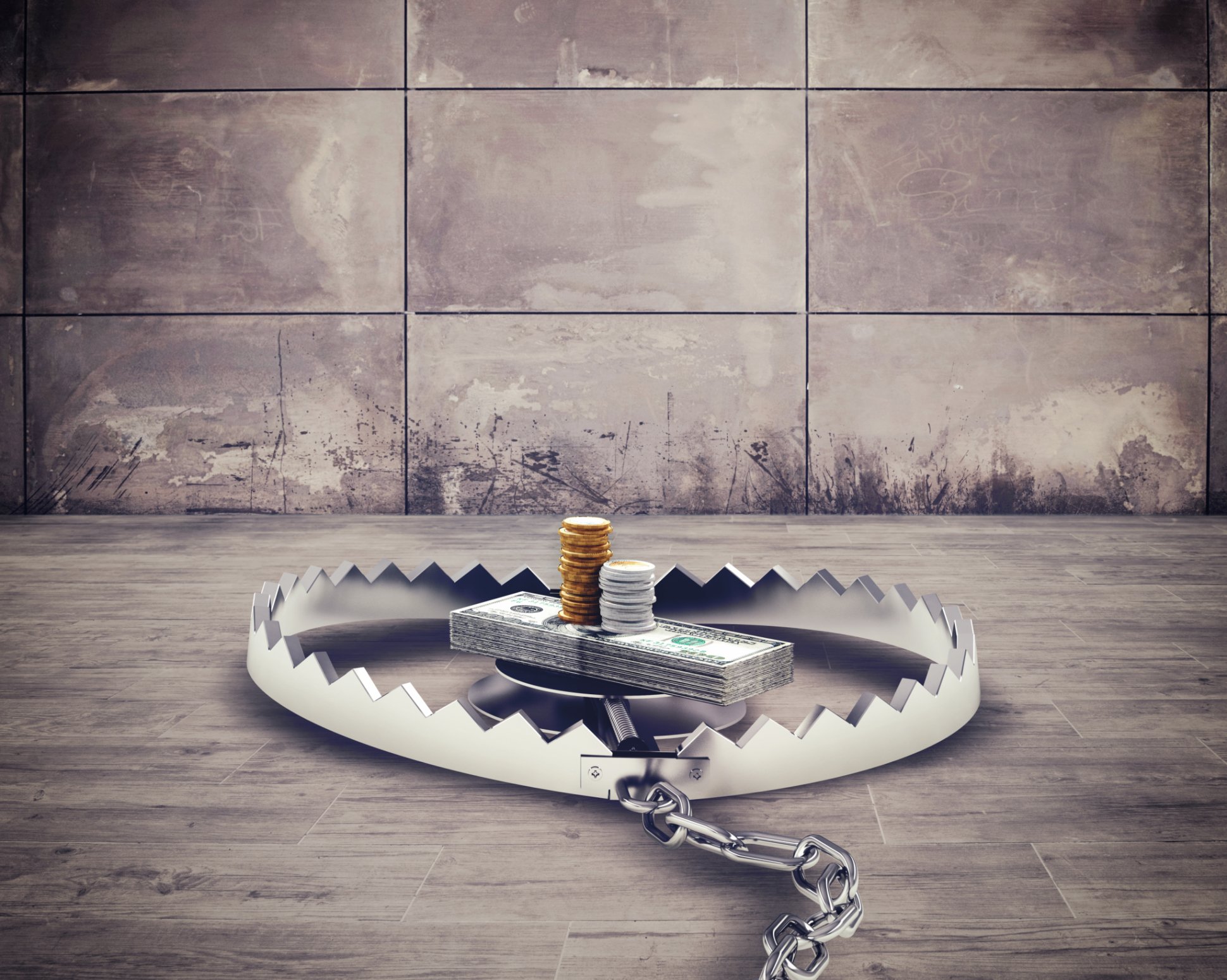If you invest in large or regional U.S. bank stocks, you are going to want to pay attention to this year's stress test results. As part of the sweeping Dodd-Frank Act legislation for banks following the Great Recession, the Federal Reserve puts bank holding companies through various economic scenarios each year to determine whether banks can maintain adequate capital if a severe recession were to occur. The goal of this is to make sure banks can continue to provide credit to individual borrowers and businesses during a downturn. The tests also influence a bank's capital distribution plans including share repurchases and dividends because the Federal Reserve wants to also ensure that a bank's capital distributions do not push bank capital levels below certain regulatory thresholds in an adverse scenario.
There are two types of stress tests: the Dodd-Frank Act Stress Test (DFAST) and the Comprehensive Capital Analysis and Review (CCAR). Both are similar in nature and complement one another, but in DFAST the Fed applies a standardized capital distribution plan into its calculations. In CCAR, a bank's actual capital distribution plan such as its expected dividends are incorporated into the calculations of regulatory ratios in a given scenario. That means banks can pass DFAST only to find their actual plans resulted in the bank falling below regulatory minimums in CCAR, suggesting their capital distributions plans may have been too ambitious. This year, 34 large banks with more than $100 billion in total assets will undergo both DFAST and CCAR. The results of both tests will be released on June 25. Here is what to keep an eye on:

Image source: Getty Images.
What assumptions will the Fed use?
Stress testing has certainly seen its fair share of changes over the years, but this year's testing will be unlike any other because of the coronavirus pandemic. I probably don't need to tell you that the virus has shocked the economy in a way that regulators, bankers, economists, and other experts never saw coming.
DFAST and CCAR project how a bank's balance sheet would hold up under certain scenarios. This year, the Fed had planned to examine two scenarios: baseline and severely adverse. A baseline scenario assumes a moderate economic expansion, while a severely adverse scenario assumes a severe global recession categorized by stress in the commercial real estate and corporate debt markets. Essentially, the Fed is making projections about what would happen to a bank's profits and capital levels if unemployment grows by a determined amount and GDP contracts by a determined amount, among many other macroeconomic indicators.
The problem is that the severely adverse scenario is supposed to be an unlikely situation. Let's go back to February when the Fed initially released its assumptions under its hypothetical severely adverse scenario. In that situation, the Fed said U.S. unemployment would rise to a peak of 10% by the third quarter of 2021, while GDP would fall about 8.5% from its pre-recession peak, reaching a low point in the third quarter of 2021. The Fed's stress tests forecast out over a nine-quarter period.
But what was once hypothetical is now reality, and possibly worse. In its recent projections made June 10, the Fed projected actual unemployment to jump to 9.2% and actual GDP to contract 6.5% by the end of 2020. Sure, that may be not be hitting the peaks, but it's also happening a lot faster than the Fed's hypothetical scenario. The Fed did also factor in recoveries in 2021, but I don't think anyone can say with certainty that there won't be another flare up of coronavirus cases, which would result in another lockdown and more of the economic issues that have ensued over the last few months. Also, even though a vaccine is expected by next spring, who knows how effective it will be, considering this would be the fastest vaccine development in history.
Now, the question to consider is, what will the Fed's new hypothetical scenario be given what we now know about coronavirus?
Bank dividends could be at risk
You may have heard JPMorgan Chase (JPM 0.37%) CEO Jamie Dimon refer to the bank's dividend as a "drop in the bucket" compared to the bank's total capital. And he's right. But banks are subject to regulation that requires them to maintain certain levels of capital.
As mentioned above, the Fed uses macroeconomic indicators like GDP and unemployment to create a scenario, and then it forecasts a bank's balance sheet based on those conditions. So, it would ask under these scenarios, what would happen to a bank's loan loss provision, the cash banks set aside to cover future expected loan losses? What would happen to a bank's net income?
The Fed has already said that this year's stress test results will "include additional analyses that explore how plausible risks to the economy stemming from the coronavirus response could affect bank capital." If the Fed requires banks to account for much higher loan losses or much smaller profits compared to last year's stress tests, which is definitely possible, bank capital levels and capital ratios could fall below regulatory minimums. In that case, one way to add capital back to the bank's balance sheet and get above regulatory minimums is to trim the dividend.
One thing to keep in mind is that the banks being stress-tested have all suspended stock buybacks, and I would be surprised to see any of these banks resume them this year. The large banks have recently been paying out far more in stock buybacks than common dividends. In fact, the eight largest banks conducted stock buybacks worth $100 billion in 2019, compared to common stock dividends of $36 billion in 2019, according to the Brookings Institution. Therefore, their capital distribution plans will be consuming a lot less capital than they did in 2019, which could bode well for maintaining the current dividends. The big mystery is how severe the Fed makes their "additional analyses" of the coronavirus risks to the economy.






